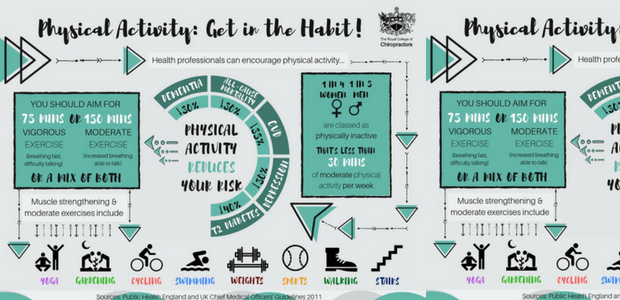The Top Daily Behavior That Contribute To Neck And Back Pain And Exactly How To Avoid Them
The Top Daily Behavior That Contribute To Neck And Back Pain And Exactly How To Avoid Them
Blog Article
Post By-Hermansen Schaefer
Preserving appropriate stance and staying clear of usual challenges in everyday tasks can substantially affect your back wellness. From how you sit at your desk to how you raise heavy items, tiny adjustments can make a large distinction. Picture a day without the nagging neck and back pain that prevents your every action; the solution could be less complex than you think. By making a couple of tweaks to your day-to-day practices, you could be on your way to a pain-free presence.
Poor Position and Sedentary Way Of Life
Poor stance and a sedentary way of life are 2 significant factors to pain in the back. When you slouch or inkling over while resting or standing, you put unneeded strain on your back muscular tissues and spine. This can bring about muscular tissue imbalances, tension, and ultimately, chronic back pain. In addition, sitting for extended periods without breaks or physical activity can compromise your back muscles and result in stiffness and discomfort.
To combat poor pose, make a conscious effort to sit and stand directly with your shoulders back and straightened with your ears. Keep in mind to keep your feet level on the ground and prevent crossing your legs for extended periods.
Integrating normal stretching and enhancing workouts into your day-to-day regimen can additionally aid enhance your pose and alleviate neck and back pain connected with a less active way of life.
Incorrect Training Techniques
Improper training strategies can substantially contribute to pain in the back and injuries. When better care chiropractic & physical therapy raise hefty items, keep in mind to bend your knees and use your legs to raise, rather than relying on your back muscular tissues. Stay clear of twisting your body while lifting and keep the item near to your body to decrease stress on your back. It's important to keep a straight back and stay clear of rounding your shoulders while raising to stop unnecessary pressure on your spine.
Constantly evaluate the weight of the item prior to raising it. If it's as well heavy, ask for aid or usage devices like a dolly or cart to transport it securely.
Keep in mind to take breaks during lifting tasks to give your back muscles a possibility to rest and avoid overexertion. By applying appropriate lifting strategies, you can avoid back pain and lower the danger of injuries, ensuring your back remains healthy and balanced and solid for the long term.
Absence of Normal Workout and Extending
An inactive way of living devoid of regular exercise and extending can substantially contribute to pain in the back and pain. When you do not engage in physical activity, your muscle mass become weak and stringent, leading to bad stance and raised strain on your back. lower back muscle strain strengthen the muscle mass that support your back, boosting security and lowering the risk of neck and back pain. Incorporating extending right into your routine can additionally improve versatility, stopping rigidity and pain in your back muscle mass.
To prevent back pain brought on by a lack of workout and extending, aim for a minimum of thirty minutes of moderate physical activity most days of the week. Consist of workouts that target your core muscles, as a solid core can assist alleviate pressure on your back.
In addition, take breaks to extend and move throughout the day, particularly if you have a workdesk job. Easy stretches like touching your toes or doing shoulder rolls can help relieve tension and stop pain in the back. Prioritizing regular workout and stretching can go a long way in preserving a healthy and balanced back and decreasing pain.
Verdict
So, keep in mind to stay up straight, lift with your legs, and stay energetic to stop back pain. By making easy adjustments to your everyday behaviors, you can stay clear of the discomfort and constraints that feature back pain. Take care of your back and muscular tissues by practicing good pose, appropriate lifting strategies, and routine exercise. Your back will thank you for it!
